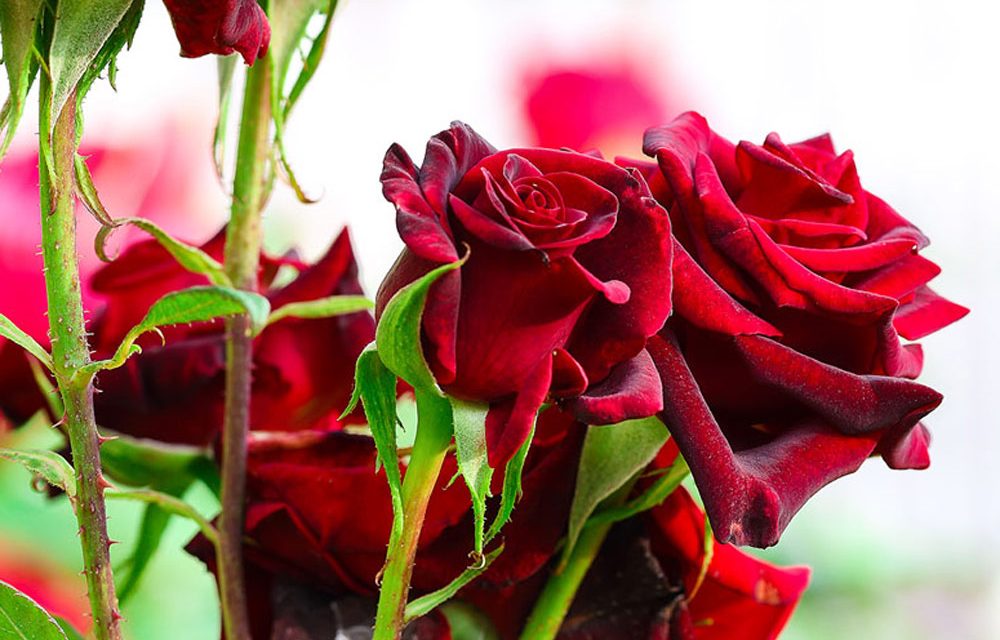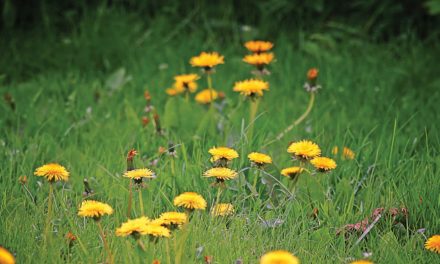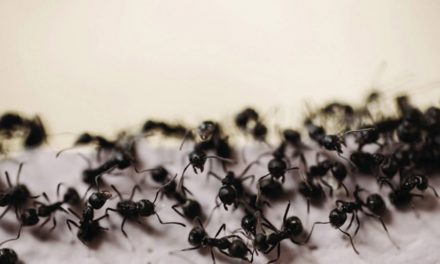Roses are sun-loving, water-dependent gross feeders, which means they perform best with a minimum of six hours of sunlight per day and require a lot of nutrients.

Planting roses
They should receive 20 litres of water per week, but bear in mind they do not like ‘wet feet’. For best results, ensure the soil they are planted into, garden or container, drains well. Nutrition, protection and pruning are the key steps for a beautiful rose garden.
Prepare the planting hole well. Add plenty of compost to improve the quality of the soil and to retain moisture in the soil. Add a cup of Wonder Organic Bonemeal or 90 g/m2 (small 2) of Wonder Super Phosphate + C (8) Bio-Carbon Boost Granules to promote root growth and half a cup of Wonder 2:3:2 (14) + C (8) SR Bio-Carbon Boost fertiliser to the soil.
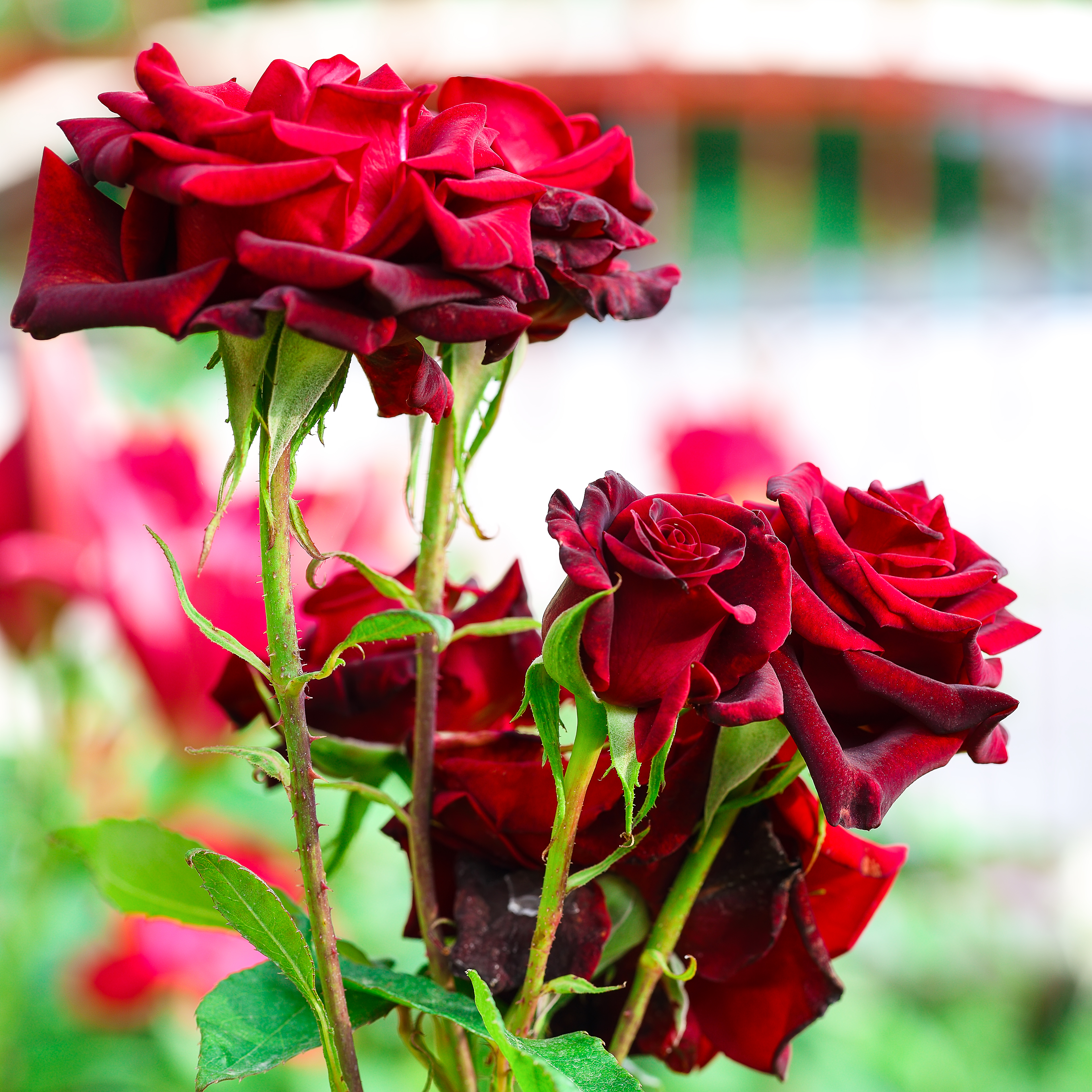
Nutrition
- Wonder Vitaliser Rose & Flower 8:1:5 (17) + C (8) SR is a specially developed granular fertiliser, with a balanced blend of nitrogen for healthy foliage development, and potassium for quality bud formation, for feeding established garden roses and flowering plants. Apply 50 g per big plant or 25 g per small plant in early spring and repeat every four weeks throughout the season. Water well after each application.
- Wonder Colourburst Rose is a water-soluble fertiliser with micro-elements, formulated for growing beautiful roses. Dissolve 20 g into 10 litres of water and apply the solution at two-weekly intervals.

Protection from disease and insects
- Efekto Rosecare 3 is a contact insecticide that includes a systemic fungicide for the control of insects and fungus diseases affecting roses. The formulation protects your roses from aphids, red spider mite, thrips, rust, black spot and powdery mildew. Ready to use Efekto Rosecare 3 is a spray-on formulation for convenient use.
- Efekto Funginex is a concentrate systemic fungicide that controls powdery mildew, black spot and rust on your roses. Dissolve 10 ml of the concentrate in 10 litres of water and apply every 7-10 days, or when necessary.
- Efekto Kumulus WG is a water soluble granule for the control of Spidermite and Scale.
- Efekto Insecticide Granules Plus (not suitable for edible crops) is a ready-touse systemic insecticide in granular form that controls aphids and thrips on roses. Sprinkle the granules on the ground around the rose bush. The insecticide will be taken up by the roots into the sap of the tree, thereby making the sap toxic to aphid and thrips attack, while also keeping the leaves and stems free of aphids and thrips. Provides longterm control between 4-8 weeks.
- Efekto Plant Protector (not suitable for edible crops) is a systemic concentrate insecticide to control aphids and scale on roses. The insecticide is drenched around the root system of the rose and absorbed through the roots.
- For the control of pests in general, use Efekto Malasol or Efekto Cypermethrin 200EC. Efekto Karbaspray controls chafer beetles.
- When it comes to fungicides, treat the following diseases with the correct fungicide:
- Black spot: Treat with Efekto Funginex or Efekto Virikop.
- Powdery mildew: Treat with Efekto Funginex, Efekto Kumulus WG or Efekto Eco Fungimite.
- Downy mildew: Treat with Efekto Virikop.
- Rust: Treat with Efekto Funginex or Efekto Virikop.
- Anthracnose: Treat with Efekto Virikop.
Top Tip: For a natural alternative, use Efekto Eco Fungimite to control powdery mildew, thrips and mites on roses.
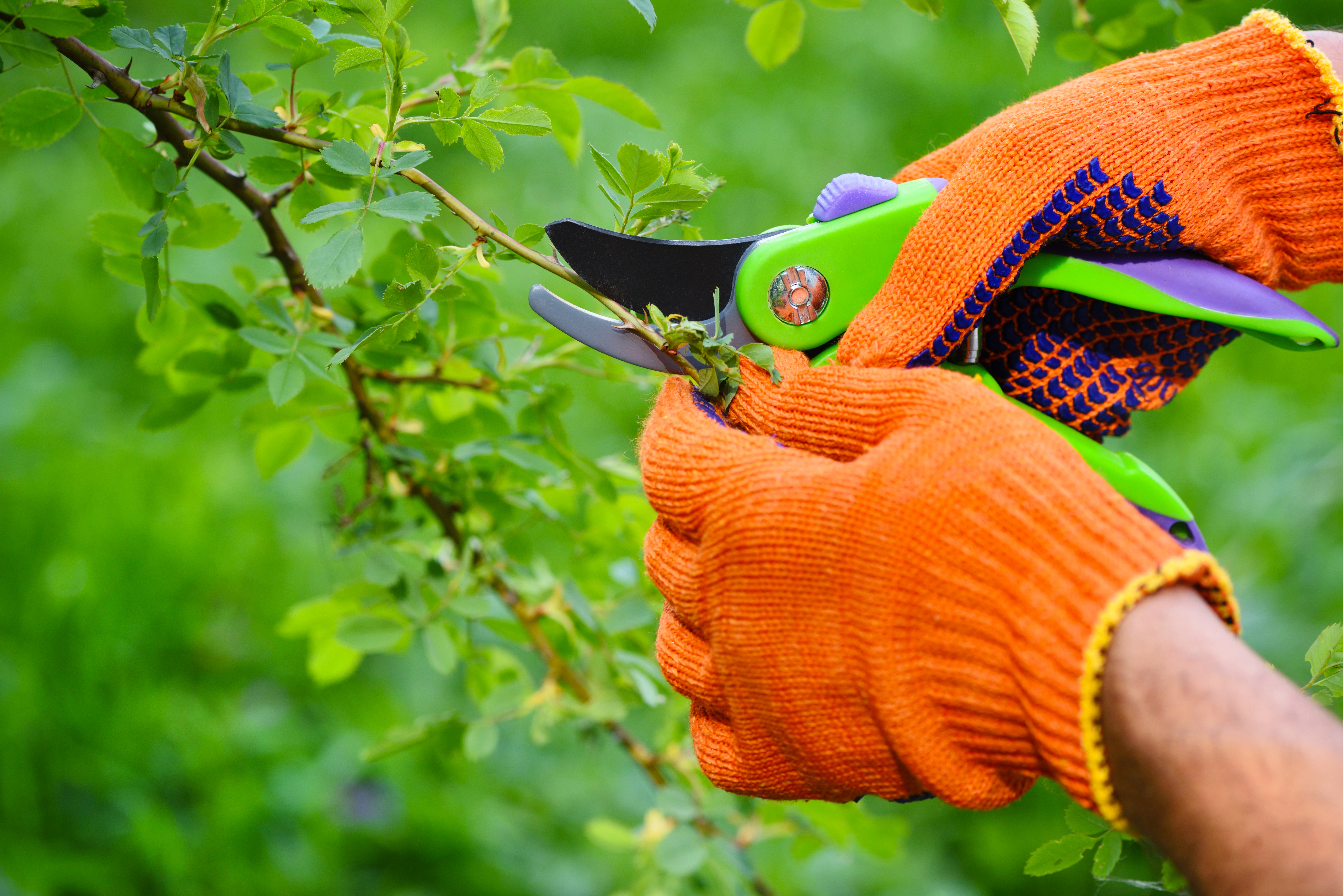
Pruning made easy
Pruning your roses ensures that they flower abundantly in summer, and the best time to do this is in winter, when the leaves are dormant. Many novice gardeners are intimidated by pruning, but there’s nothing to be nervous about. Tackle your rose garden with enthusiasm and the understanding that you are giving each individual plant a fresh start. Remember the key reason for pruning is to remove dead wood and to promote healthy plant growth in the new season. This is done by selecting the strongest and best stems.
The best time to prune can vary according to the climate. In warm, subtropical areas, prune from the middle of June. In temperate areas, prune in the middle of July. In cold areas with late frosts, wait until August. In winter rainfall areas, prune from the end of July into August as the rainy season comes to an end. There is no right and wrong way, so relax and do your best!
Top Tip: Prune floribunda roses before hybrid teas as they take longer to come into bloom. Delay pruning heritage roses that only flower once until after they have bloomed in spring.
How to prune
- Remove all dead, diseased and damaged wood, and growth that is thinner than a pencil.
- Thin out all crowded or badly placed branches. Branches that rub against each other or cross close to each other must be removed. Always give preference to younger, more vigorous shoots.
- Remove old wood that looks grey and rough, taking this out right down to ground level.
- Where a strong shoot from the base has branched at the top into a candelabra formation, remove the central shoot, leaving two or three side shoots. Never cut these strong basal shoots right back.
- Shorten the remaining canes by a third. Shorten to a prominent outward-facing bud.
- Make sure your secateurs and pruning shears are sharp. Dip into a disinfectant solution after pruning each bush.
- Destroy any remaining leaves and all prunings.




Pruning essentials
Best cut
- A: Cut 5 mm above an outward-facing bud at a 45˚ angle – perfect.
Avoid these cuts
- B: Too high above the bud – the stem may die back.
- C: Cutting angle too sharp – die-back results.
- D: Cut too close to bud – damages bud.
After-pruning care
- Immediately after pruning, seal cuts with Efekto Steriseal, a sealant that contains a fungicide.
- Spray the plants and the surrounding soil with Efekto Lime Sulphur diluted to winter strength (1 part Efekto Lime Sulphur to 10 parts water). If you’ve had severe black spot, rust or scale infestation, use a stronger solution of 1 to 8. Repeat the application after 10-14 days. Always use fresh Efekto Lime Sulphur. For an alternative to lime sulphur use Efekto Kumulus WG, a water-dispersible granular (120 g per 5 litres). Apply as a full-cover spray (apply to dormant plants only, that is plants without leaves).
- Fertilise with Wonder Vitaliser Rose & Flower 8:1:5 (17) SR. Apply 25 g for smaller plants and 50 g for big plants, water well, and repeat every four weeks.
- Mulch with a 5 cm layer of compost.
- Water regularly.
Most of us believe that plant growth is dependent on three simple factors: soil, light and water. This may be true, but avid gardeners are aware that plants need a little bit of ‘TLC’ if you want them to grow to their full potential.
Credits
Referenced from Efekto , Green Fingers : Your gardening and product guide from Efekto

